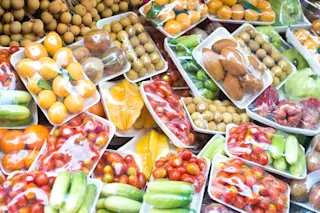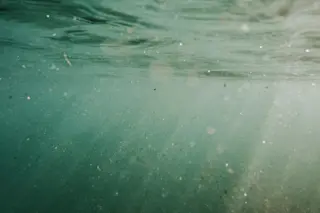The Iron Gates dam spans the Danube along the border between Romania and Yugoslavia. Completed in 1972, the huge structure, which lies about 620 miles west of the river’s mouth at the Black Sea, was designed to provide the two countries with hydroelectric power. Unfortunately, it now seems that the dam has devastated marine life in the Black Sea.
Researchers at the Romanian Institute for Marine Research in Constanta have been monitoring the Black Sea for the past 20 years and have noted sporadic toxic algal blooms and fish kills since the dam’s construction. More recently, biogeochemist Venugopalan Ittekkot of the University of Hamburg in Germany has been trying to understand if or how the dam might be responsible. Now his ongoing study has shown that silicates--natural components of sand that enter the Danube as it winds to the sea--seem to be the key to the Black Sea’s problems.
The ...














